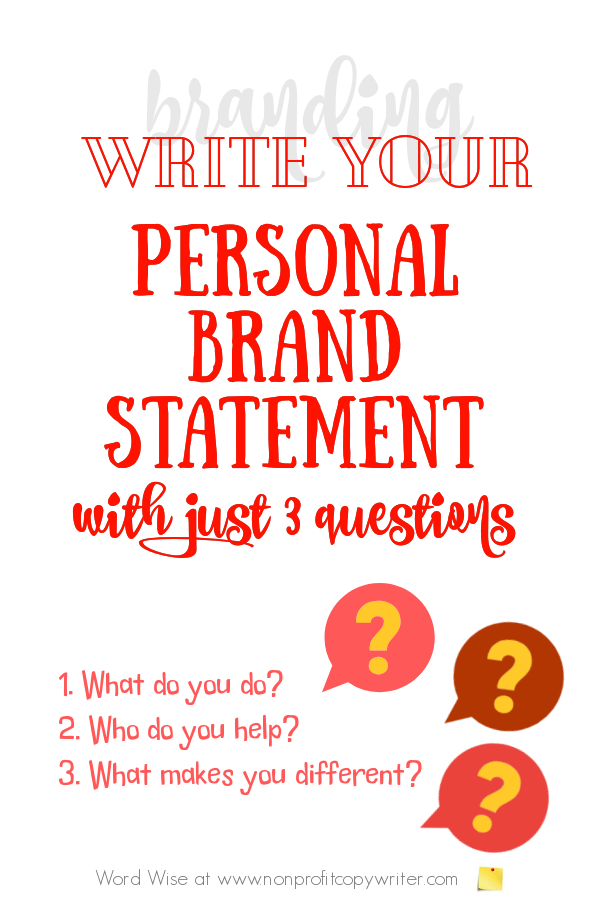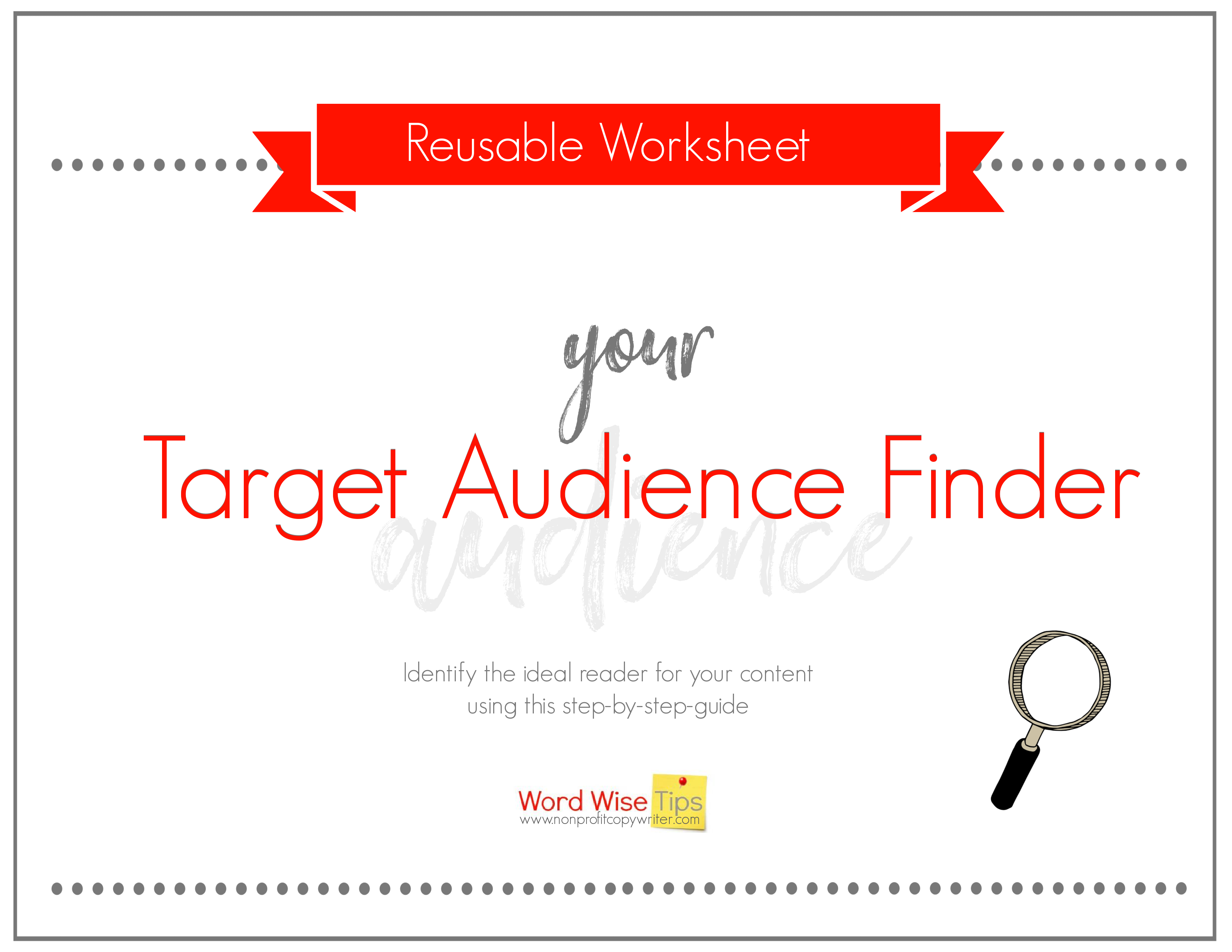Save Time: Get 5 Simple Writing Tips
you can put to use in 10 minutes
How Are You Unique? Write Your Personal Brand Statement
Award-winning writer Kathy Widenhouse has helped hundreds of nonprofits and writers produce successful content , with 750K+ views for her writing tutorials. She is the author of 9 books. See more of Kathy’s content here.
Updated 1.7.26
Everybody writes, but not everybody gets read. Take Medium, for instance. Just take a gander at the tens of thousands of profiles to prove the point.
However, there’s a way you can stand out among the deluge.
It’s simply this: identify what makes you unique as a writer. And lean into that.
If you don’t already know what your distinctives are when compared to the writing hordes, then you can do so through the process of creating your personal brand statement -- and then a branding plan. Writing in ALL CAPS or using clickbait headlines or pumping out oodles of AI-generated content just ain’t going to make you stand out. But a snappy summary of what you write, who you write for, and how you’re different? Yes, please.
What is a personal brand statement?
A personal brand statement declares what you write, who you write it for, and what makes you unique.
If you’re a business or organization, you may call this your “Unique Selling Proposition” (USP). Some marketers refer to a brand statement as your “Competitive Advantage” or “Value Proposition.” Yep, those titles are a mouthful — but don’t be deceived. The best personal brand statements are pithy, not proper.
Perhaps the thought of creating a writing brand gets you all hot and bothered. It’s image-driven … superficial … reduces your writing to a marketing strategy. If that’s you, then I’ve got good news for you. Your personal brand statement is simply a summary of your distinctives as a writer.
But even better, your personal brand statement guides you as you write. When you identify how you are different from other writers, then you have a better chance of staying on track with creating content rather than succumbing to the Shiny Object Syndrome. A personal brand statement helps you to consistently write content that’s “in your lane” … which subsequently allows you to carve out your own niche in the writing world.
USP, competitive advantage, value proposition, your distinctives: no matter what you call it, you need a statement of who you are as a writer. Readers don’t flock to writers who all sound the same. They’ve got Chat GPT for that.
Download a handy USP Checklist (free) here.
How to write your personal brand statement
Sure, you can go all marketing-speak and call upon the 4 Cs of personal branding to write your statement(clarity, consistency, content, and communication). Or you could try another set of descriptors that plenty of marketers use: the 5 Ps of personal branding (purpose, positioning, presence, personality, profitability.)
Best still, maybe you should go with the high-end marketing experts at Forbes and drill down the 7 critical personal brand pillars of purpose, values, brand clarity, authenticity, strengths, energy, and legacy.
But do I really need to conduct some highfalutin’ market research and spend hours putting together graphs and data points to know what sets me apart from other writers? To me, all of that seems pretty complicated — especially since I don’t have an MBA. All I really want to do is write and make a difference for my readers.
Technical elements aside, to write your personal brand statement you have to get real on paper, peel back your internal layers, face the truth, and reveal yourself to readers. If that makes you nervous, take a breath. And be prepared to be pleasantly surprised. What you may perceive as “not good enough” or “my faults” actually sets you apart from other writers.
Use this handy worksheet to identify your target audience.
Write your own USP with this simple template
I’m all about making content writing simple. That’s why this personal brand statement generator works for me. Just answer these 3 quick questions.
1. What do you do?
What kind of writing do you do? This is the place you identify your genre (or genres): copywriting, technical writing, blogging, short stories, novels, cookbooks, grant applications, sermons, email campaigns, websites, case studies, articles, video scripts, children’s books … you get the picture.
2. Who do you help?
Who is your audience? And don’t say, “Anyone who will read what I write.” That’s like throwing spaghetti up on the wall and hoping some sticks.
Here’s where you need to put descriptors on the group of people you speak to with your content. You may hear them referred to as your target market, core audience, target demographic, intended readers, target persona, primary audience, ideal customer avatar…
Be as specific as you can. Maybe you write to grandmas who want to run a 5K for the first time … CEOs in the metal industry … hotel workers who want to go to college.
3. What makes you different from others?
“But what if I’m not different from other writers?” You’re you, so you are different. Your first order of business is this: don’t try to tidy up your background. Different doesn’t always mean “the best” or “the highest-paid” or “the one with the most experience.” Relieved? With good reason.
Then, think about your interests, passions, and life experiences. Maybe you’ve spent a couple of years creating balloon animals. You can blow and twist balloons into swans, donkeys, turtles, and hummingbirds in just a few seconds flat. That’s a unique skill.
If you’re still struggling to identify what makes you stand out, ask yourself a few questions:
- Passion. Why do I write for my market or niche?
- Solutions. What problems have I solved in my life?
- Knowledge. What training do I have?
- Experience. What kinds of skills do I have? (Not everyone can change a diaper. Just saying.)
- Scarcity. What’s something I know or do that other writers avoid?
- Challenges. What’s an aspect of my personality or life experience that I sometimes try to hide?
- Methods. What’s one way that I work that is different from others?
- Background. What kind of track record do I have?
- Demographics. How can my age (gender, location, education, work life, family — or any combination of those) set me apart from others?
- Skill set. What combination of writing skills and soft skills do I offer?
- Credibility. What credits, testimonials, awards, and titles have I gathered?
Here is an example of a personal brand statement
Nick Usborne is a top-tier copywriter. Just ask Citibank, Apple, Chrysler, Franklin Mint, TV Guide, Diners Club International, J. Paul Getty Trust, MSN.com, Technogym, Encyclopedia Britannica, New York Times, Country Financial, Adorama, Reuters, WebEx, the U.S. Navy … all clients who have benefited from Nick’s skills.
If you’d like his full story, he’d be glad to give it to you. But Nick distills more than four decades of writing experience into a handful of sentences. His personal brand statement reads like this:
“I started out as a copywriter back in 1979. I needed a decent-paying job that didn’t require any qualifications because I didn’t have any. Turned out I loved copywriting. Fast forward to 1995 when I wrote my first website. Loved that too. By 1998 I was teaching companies and organizations how to write better websites. Today, I’m still teaching. And I’m still loving it.”
Let’s see how Nick’s USP lines up with our simple personal brand statement template.
- What does he do? He writes copy … he writes websites … he teaches. He doesn’t list every single kind of writing project he has ever done. He summarizes.
- Who does he help? Companies and organizations who need to know how to write their websites. Note the specificity. Nick doesn’t teach kindergarteners to use scissors or college soccer players how to kick a penalty shot.
- What makes him different? Nick admits that he resorted to copywriting because he couldn’t do anything else. (Remember — your weakness can be a distinctive.) And he loves his work. Someone who loves their work, even after nearly a half-century serving clients? Rare.
Write your personal brand statement — and then use it
Ask yourself the three questions and answer as honestly as you can.
- What do you do?
- Who do you help?
- What makes you different from others?
Combine your answers in any order you choose. And use your own language rather than what you think other writers would say. “When you read the phrase ‘selling your product or service,’ don’t just think in terms of the product or service your company sells,” says marketing visionary Jay Abraham. “But also your individual and intangible personal product or service — you.”
Do that, and you’ll communicate your uniqueness by using your own voice. Readers will take a look and internally nod, “Yep. That’s him.”
But the most important value in writing a personal brand statement? It’s for your benefit. You’ll drill down who you are as a writer right now … who you want to help … and where you want to go from here.
And then you’ll use it to build.
More Tips for Selling Your Writing
How To Create a 1-Page Marketing Plan for Writers ...
Branding Basics for Writers (Especially Non-Marketers) ...
Why You Need A Core Message – and How To Write Yours ...
The 2 Main Ways to Build Your Freelance Writing Business ...
What’s Your Unique Selling Proposition?
3 Types of Freelance Writers: Which Are You?
Two Types of Readers That Pay You To Write ...
Don’t Market Your Writing. Do This Instead...
7 Streams of Income for Writers ...
The 4 Ps of Marketing for Writers ...
Selling Your Services: 6 Writing Tips for Starting Out as a Freelancer ...
Write a Problem Statement Using This Handy Template ...
A Simple Guide to Writing a Mission Statement ...
More tips for freelance writers on our Pinterest board ...
Return from Write Your Personal Brand Statement to Nonprofit Copywriter home
As an Amazon Associate I earn from qualifying purchases.
Share This Page

Named to 2022 Writer's Digest list
BEST GENRE/NICHE WRITING WEBSITE


Stop Wasting Time!
Grab your exclusive FREE guide, "5 Simple Writing Tips You Can Put to Use in 10 Minutes or Less"














